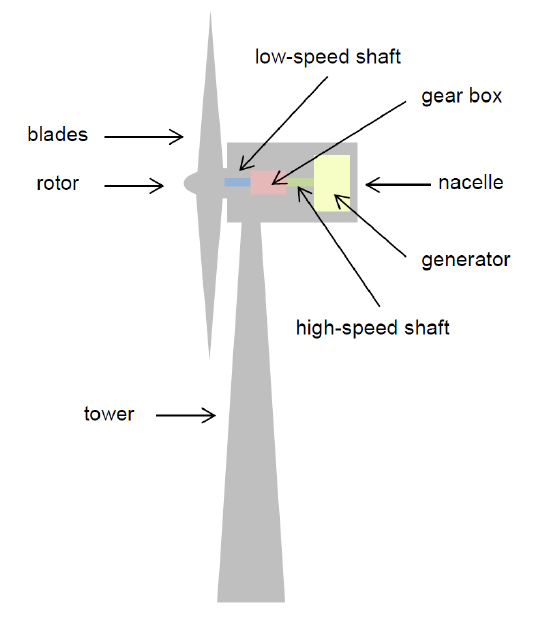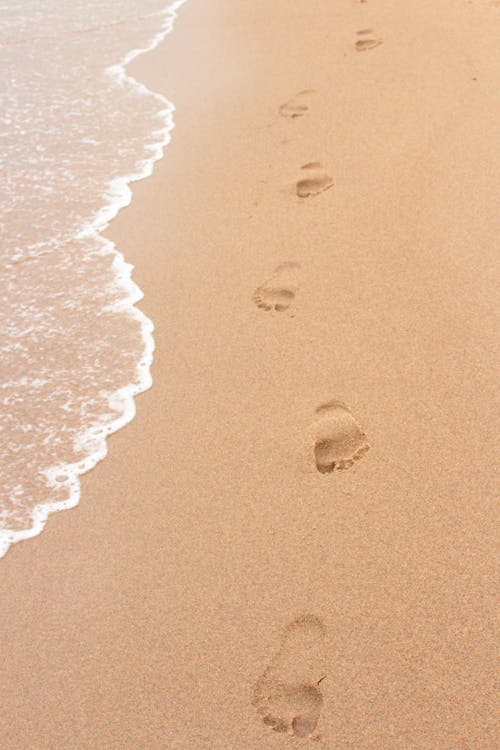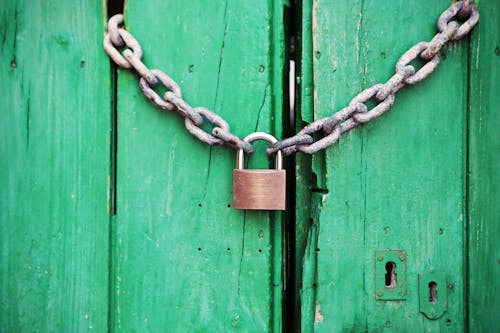It all happened so fast. The last thing I recalled was taking a pleasant stroll onboard an Alaskan cruise ship. Now, I was awakened on the sandy beach of a forgotten island surrounded by crisp, cold waters. At first, I thought it was all a dream, however when I glanced around, I saw the washed-up bodies of all the victims in the tragic accident. I knew this was not a dream, it was a reality. I tried to stand up, then immediately regretted my action as my knees buckled beneath me and I crashed into the sand that was full of sharp and jagged rocks. My legs were hurt in the accident, so all I could do was crawl painfully and slowly. I pulled myself over the sand, rocks, and grass until I finally managed to recline on an arched black spruce tree. I took a moment to gather myself and took several deep breaths. I stared down towards the ocean which I came from and counted 25 bodies who weren’t as fortunate as I was. There were only 40 passengers on the ship the night before. As of what I knew, I was the only one who survived. A helpless tear trickled down my eye. The trauma took over me, and I curled into a ball and cried, longing for an embrace by my family that wasn’t there. I thought of how not only was I stuck on this deserted island, I couldn’t even stand up, let alone build a raft to try to get back home to my family. This thought caused more tears to stream down my grimy face.
By the time I seemed to calm down, the darkness was already taking over and the sunset was just declining behind the small-scale hilltops in the distance. I wasn’t hungry, so I decided to rest my eyes for a mere minute or two. That was a mistake. I dreamt of the incident. I was walking along the deck with a book in my hand that I was longing to read that evening when suddenly something crashed into the rear end of the ship. The boat swayed for a moment before the object crashed into the ship again, which contained such a force that the ship’s deck was almost vertically standing above the water. Many passengers fell out, but I was holding on to the slick railing and wasn’t ready to let go. It was then when another object hit the boat with the same deadly force, that I was pushed overboard. When I emerged from the surface of the dark water, the sunset was just starting to set, and I was watching it in the most painful way. I was fighting to stay at the surface when the boat suddenly detonated. Pieces of the ship struck people fighting to stay alive, killing them off one by one. I ducked out of the way as a flaming piece of debris raced past my fragile head. I was exhausted, and before I knew it, I was unconscious.
I awoke in a cold sweat, in the dead of the night. My stomach growling beneath me, I stood up to try to find some sort of food. My legs were still in pain from earlier, however, I managed to find a sturdy stick to lean on. I hobbled on my bare feet, walking into birch and tamarack trees every second while trying to navigate in the darkness. Then suddenly in the distance, I witnessed an occurrence that was almost magical. A creature, walking in a mystical, mysterious sort of way, was wandering through the forest. She appeared to be a woman, yet her skin was glowing the colour sapphire, and her hair was almost like icy blue fire. Behind her trailed a path of a glimmering blue substance, that almost appeared to look like foam. She didn’t notice I was watching her, or perhaps she didn’t care. As I was about to follow her, since I was curious as to where she was going, I spotted more creatures like her walking throughout the forest in the distance. They were moving incredibly fast even though they were only walking, so it was hard to keep up with them. I finally saw where they were heading. They were all roaming, as if in a trance, towards the deep depths of the sea. They walked down the beach, and right into the water, where they disappeared into the darkness that not even the moon could seem to light up. I was dumbfounded and thought my mind was betraying me and playing tricks on my feeble brain. Despite that, when I saw a fin splash in the distance, I knew this had to be real. These were mermaids. I was witnessing the creatures from the realms that everyone believed were just fables.
Still in shock, I hobbled back to the arched black spruce tree where I first went when I arrived on this mysterious island, to rest once again and watch them in a comfortable spot. However, when I arrived, I saw that a shimmering blue path trailed right through the spot where I once was. I crouched down on my knees to examine it, which was a mistake since my knees still hadn’t fully recovered, and I fell into the frothy substance. I didn’t know what to expect. My knees then suddenly started to heal, as if I took a thousand painkillers, and the cuts and scrapes began to disappear. Even the gash in my side started to close. I was bewildered and started jumping for joy. The answer to my problems was the blue foam! These mermaids were my saviour. They were beautiful souls who saved me and gave me the strength to walk again. They gave me the chance to go home while there was still time to build a boat before the tide washed all of the wreckage away.
I ran down to the beach, ecstatic about the new opportunity to return home that was bestowed upon me. To my disbelief, a lifeboat that was fully intact was perched on the shore, waiting for my arrival. I pushed it out to sea and paddled away into the black water. I sang out loud, joy seeping through my veins. I began paddling away when suddenly I saw the sapphire colour glowing in the water ahead of me. I instantly knew it was the mermaids who helped me before, so I rowed to them hoping to get a chance to thank them. My lifeboat was pulsing through the water, and as the sapphire blue became closer and closer to me, I yelled out, “Thank you! Thank you for everything!”
The mermaids seemed to hear me since they swam closer to my boat. I could see their glowing skin move swiftly through the soft waves. When I thought they would come and greet me, or at least show me a sign that they appreciated my gratitude, they crashed into the side of my boat, almost causing me to fall overboard. Then from the rear, another crash. Then another, and another, until I was finally knocked into the depths of the sea once again in the same dreadful night.
And it was when I was sinking back lower and lower into the icy cold water that I then realized these mermaids were the reason I was stranded on the island in the first place. They weren’t my saviours, they were my killers. The pressure became too much for my lungs and they collapsed. The last memory I can recall is seeing the face of the sapphire mermaid, her mouth covered with a smirk, yet her skin ice cold. My eyes then closed for the last time, and I would never see my family again.




































